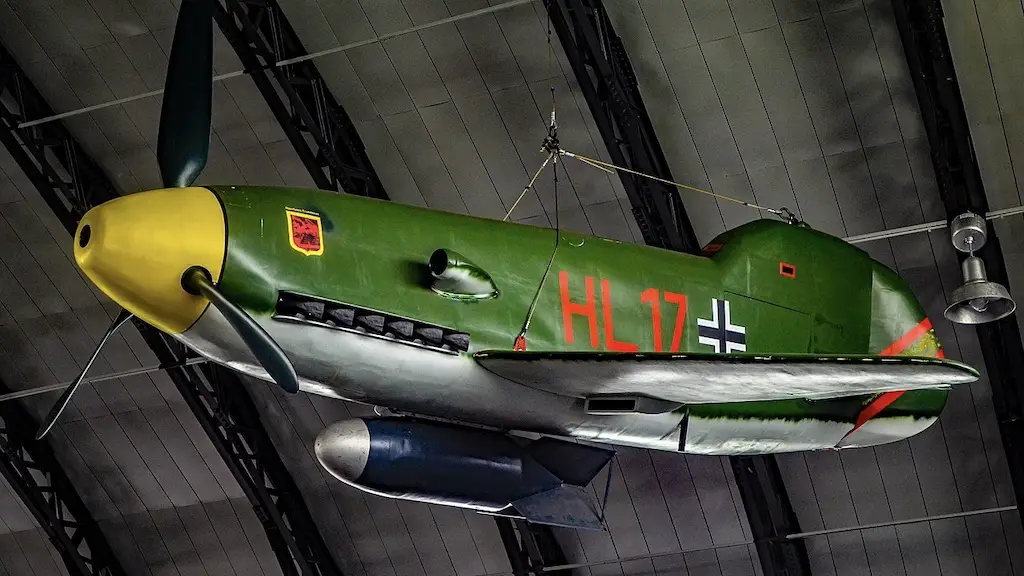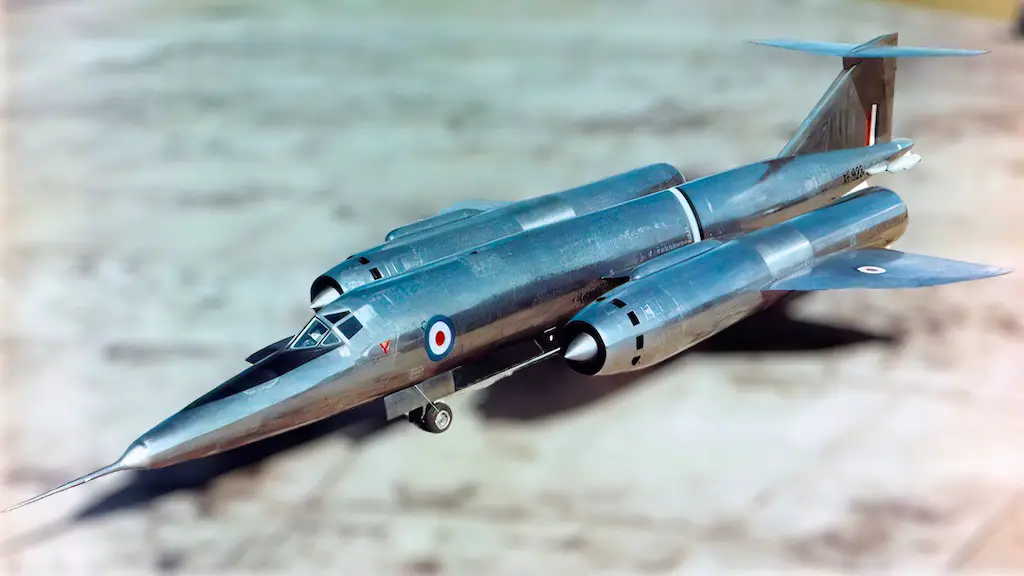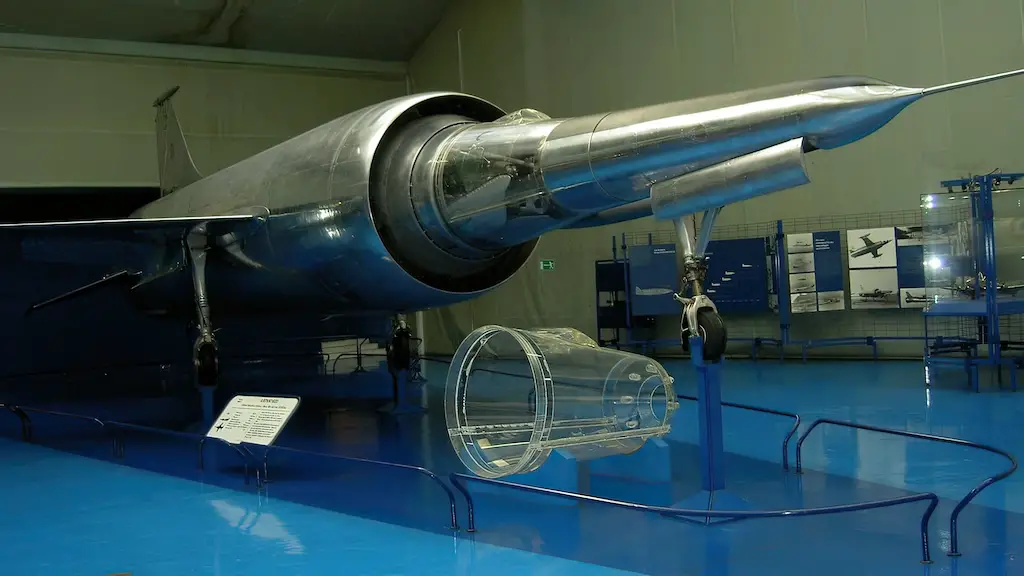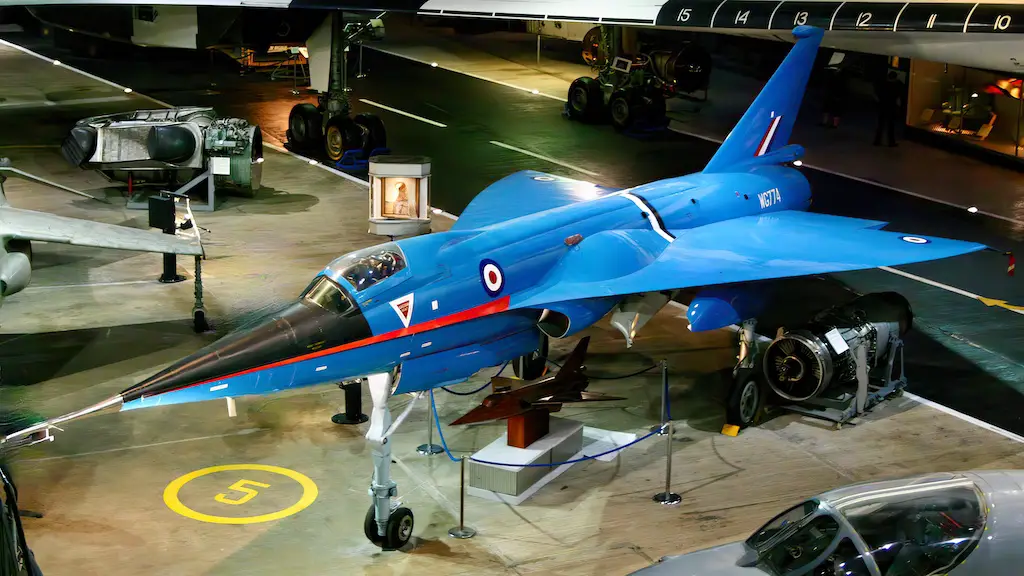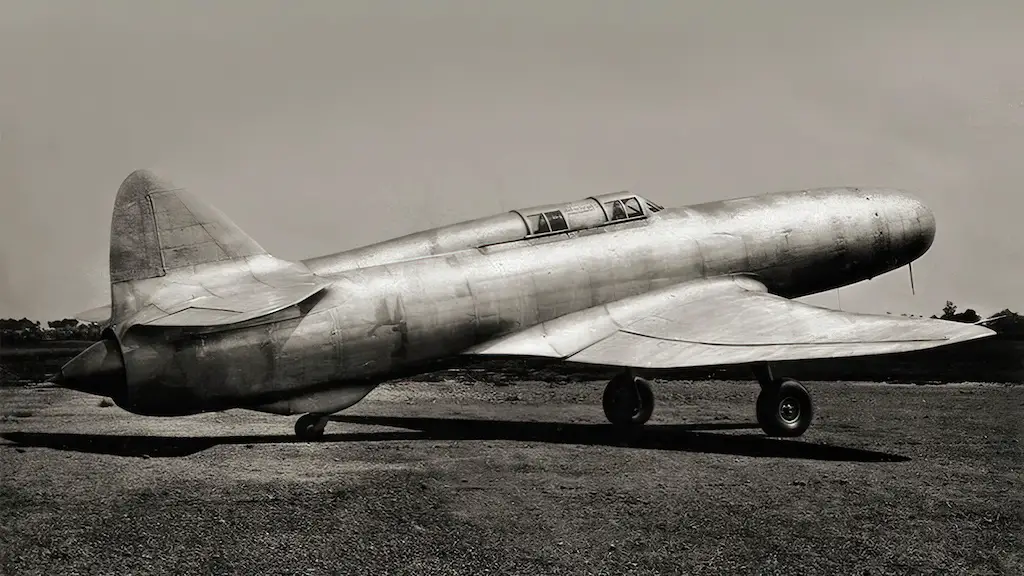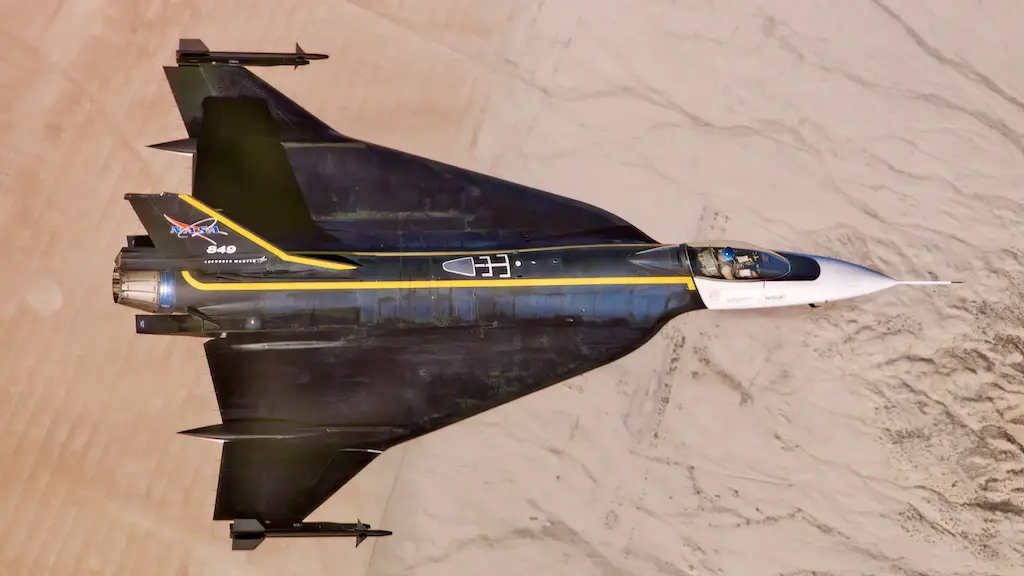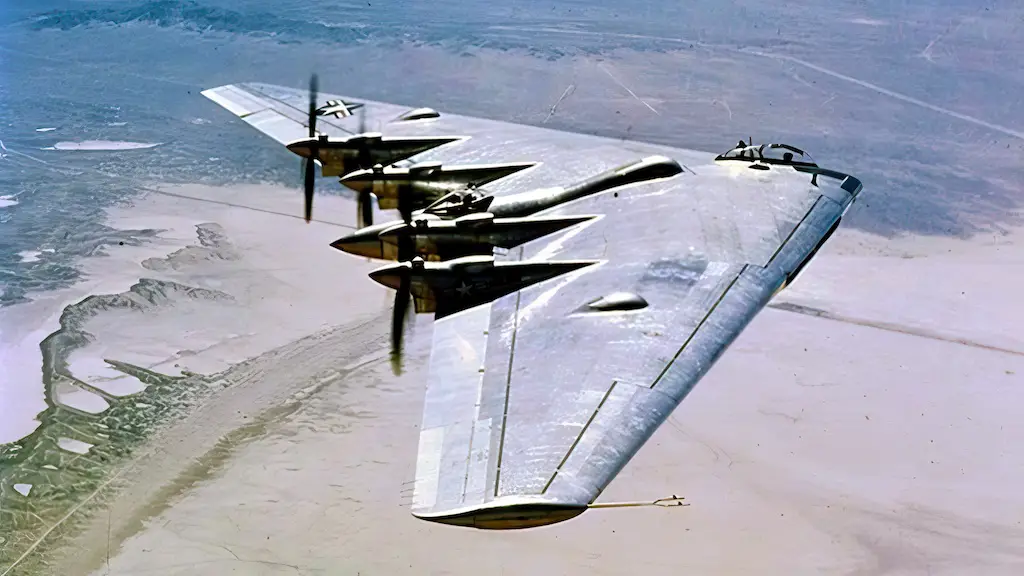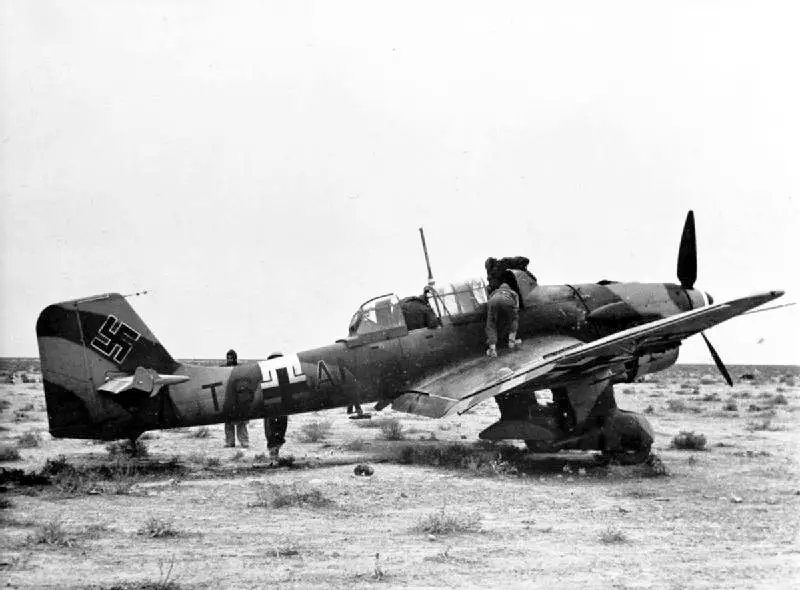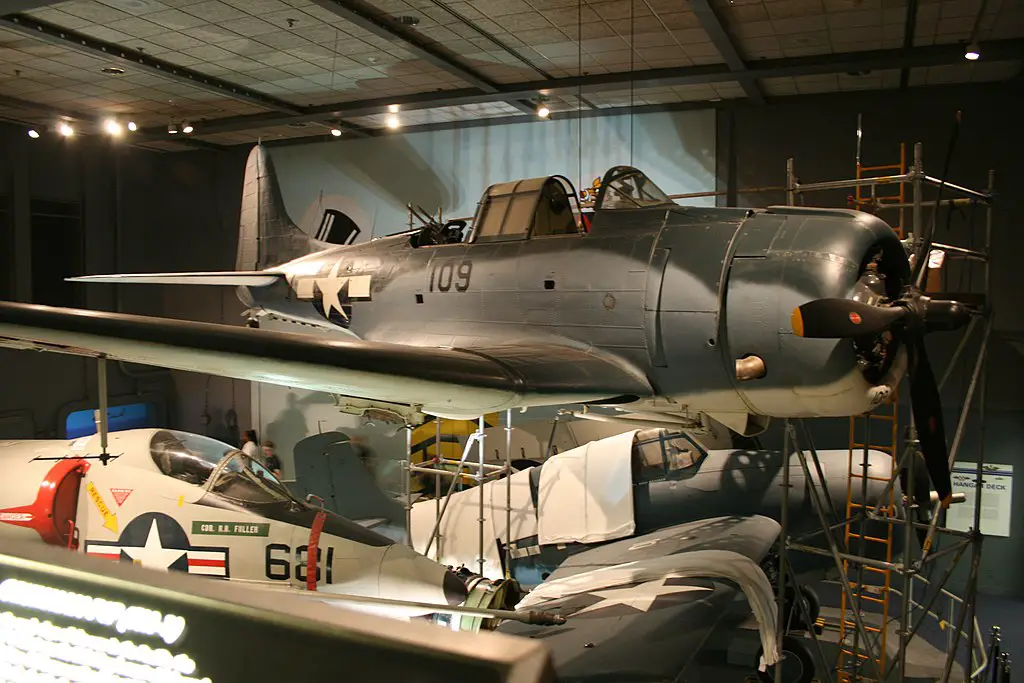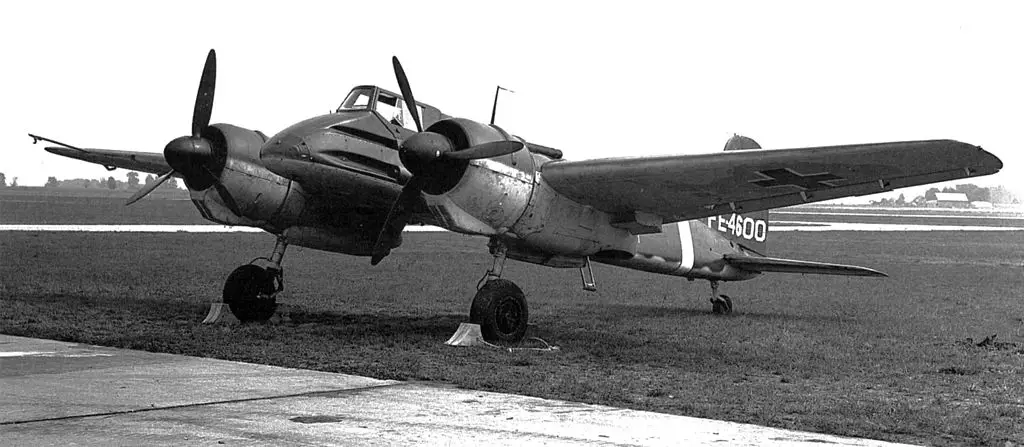The aerial warfare of the late 1930s and early 1940s was marked by dominance of dive bombers, which proved to be a crucial force in many theaters of World War II and smaller conflicts preceding it. On certain occasions, such as the Battle of Midway, where Douglas SBD Dauntless pilots sent several Japanese carriers to the sea bottom, they played a truly decisive role.
The Luftwaffe’s most important dive bomber was, of course, Junkers Ju 87s, which first wreaked havoc in Spain flying with the Condor Legion, and then proved its value for the German military in the invasion of Poland. The German command was willing to build on that success and initiated several design projects for creating new dive bombers. One of the most eccentric of those designs was Hütter Hü 136 developed by brothers Wolfgang and Ulrich Hütter, who had previously built gliders.
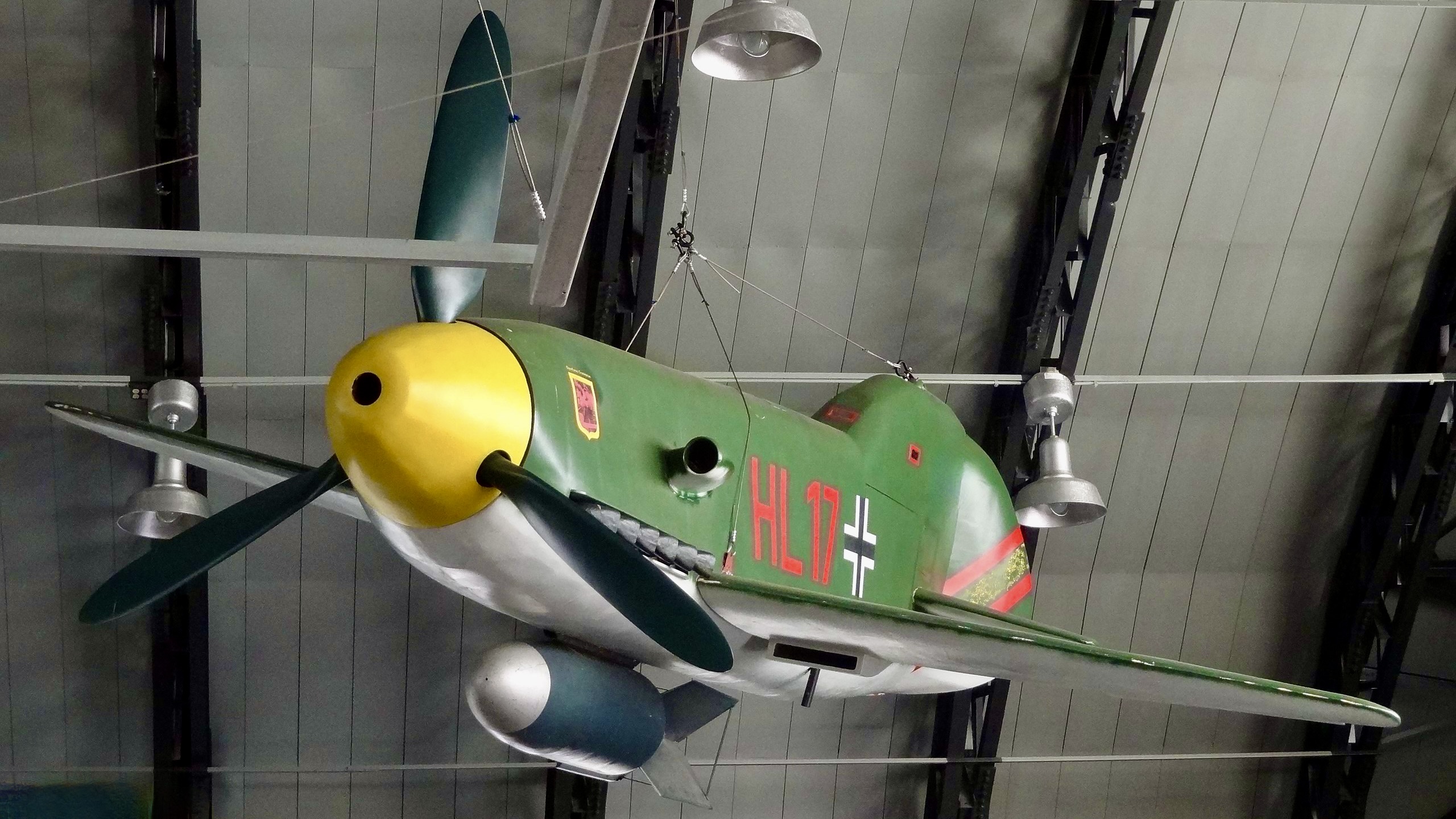
A medley of bold design solutions
One of the key requirements set by the German Air Ministry for the new dive bomber was that the airframe should be heavily armored. So, the Hü 136 design proposed by Hütter had a fully armored steel cockpit. Another distinctive feature of this design was the cockpit’s location in the rear end of the fuselage, basically forming a single whole with the vertical stabilizer. Instead of a glass canopy the cockpit only had a small front porthole and a couple of very narrow slits on the sides. For sure, a Hü 136’s pilot would feel safe in that steel box, but it’s doubtful whether he would have a good view of the battlefield from such a reclusive position.
One of the most unusual traits of the Hü 136 was that it didn’t have a landing gear in a conventional sense. For takeoff it would use a detachable landing gear dolly, while for landing it was only equipped with an extendable skid. Moreover, the intended landing procedure for this aircraft was that the pilot would jettison the propeller before landing.
The propeller would parachute to the ground separately from the aircraft, which would land on the skid. The propeller was supposed to be recovered by the ground crew and reused. It seems that the point of such a complex arrangement was in saving the weight that a conventional landing gear would add to the aircraft, while also preventing damage to the propeller, highly probable in a skid landing.
Stubo 1 & Stubo 2
The project was dubbed “Stubo,” from German Sturzbomber (dive bomber). The aircraft was supposed to come in two variants, Stubo 1 and Stubo 2. Stubo 1 would be shorter and only capable of carrying 500kg (1,100 lb) of bombs externally. The Stubo 2 would be larger in size and capable of carrying up to 1,000 kg (2,200 lb) of bombs internally. Although Stubo 2’s fuselage was longer than Stubo 1’s, it had virtually the same wingspan. Both designs were single-engine aircraft powered by the same 1,200-hp Daimler-Benz DB 601 liquid-cooled piston engine.
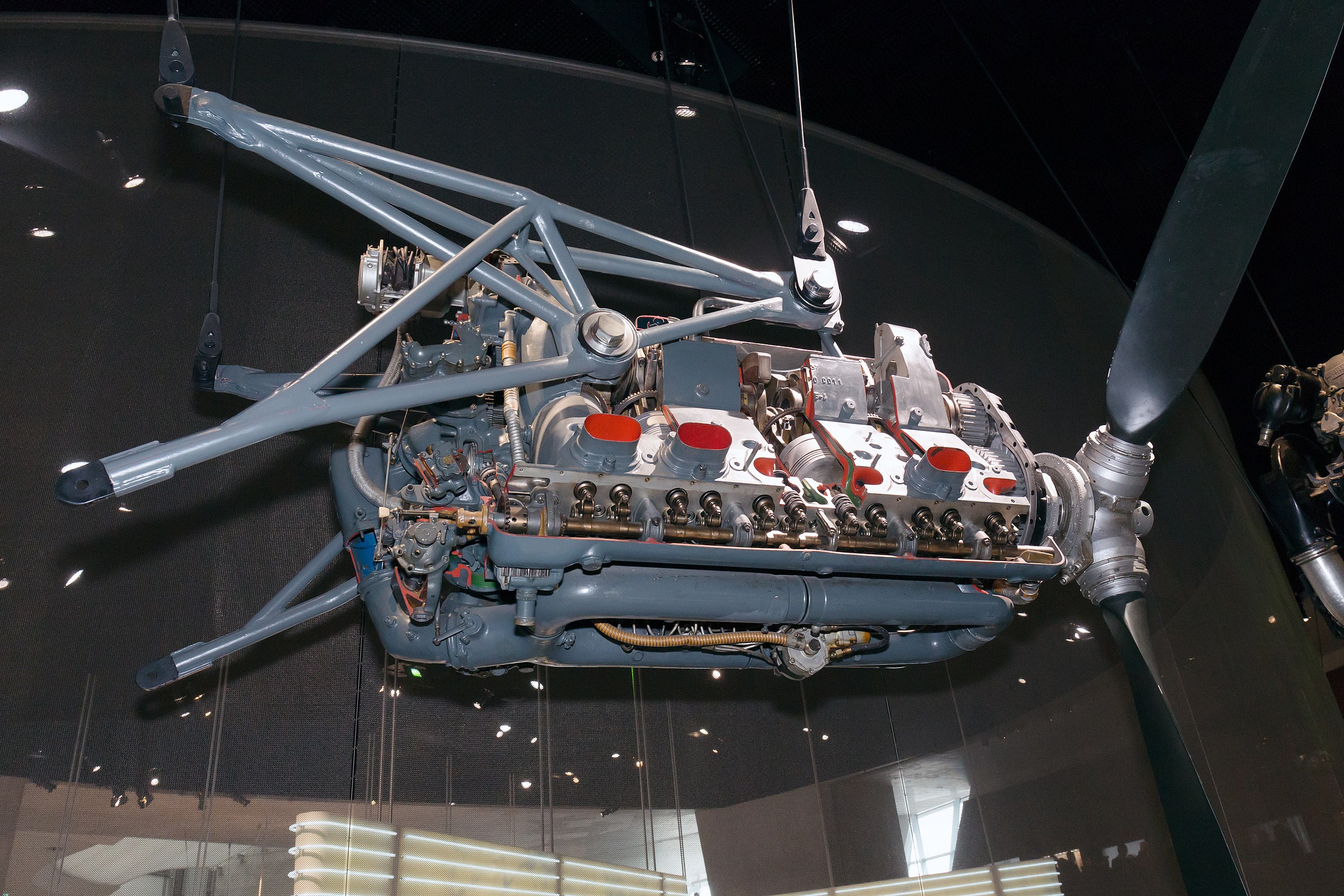
From drawing board to full-scale model in less than eight decades
In the end, the Hü 136 lost competition to the much more conventional twin-engine Henschel Hs 129, which later saw quite active use on the Eastern Front, even though its production never reached as high numbers as that of the Ju 87 had.
Although not a single Hü 136 was built at the time, you can actually see one in a museum today. It is a full-scale replica, exhibited at the Military Aviation Museum in Virginia Beach in the United States. The museum acquired it in 2017, and it’s been on display ever since, along with other WWII-era German designs.
